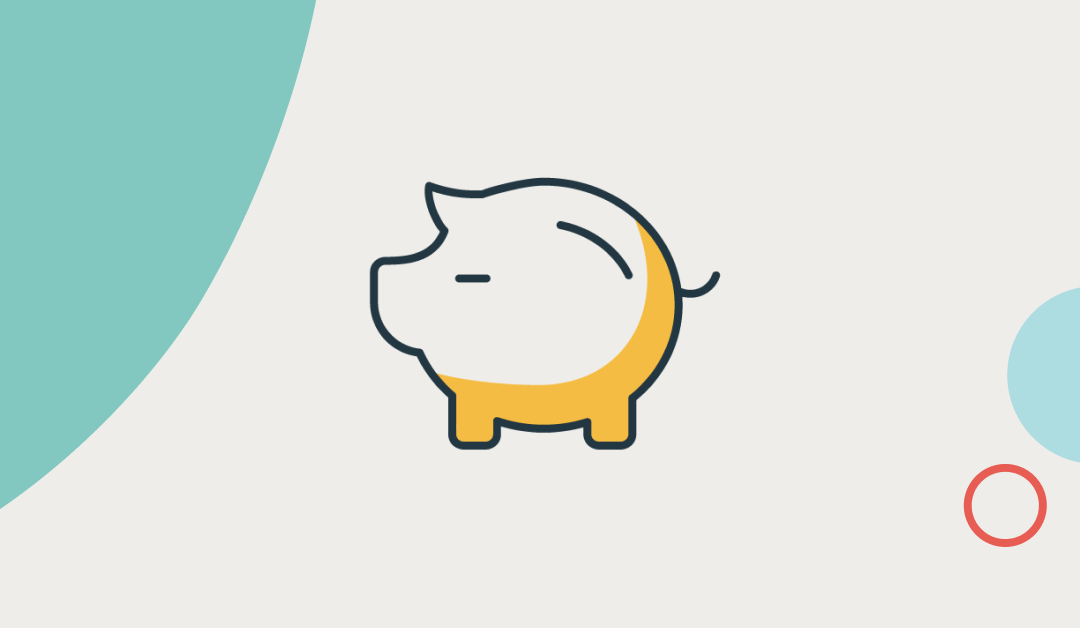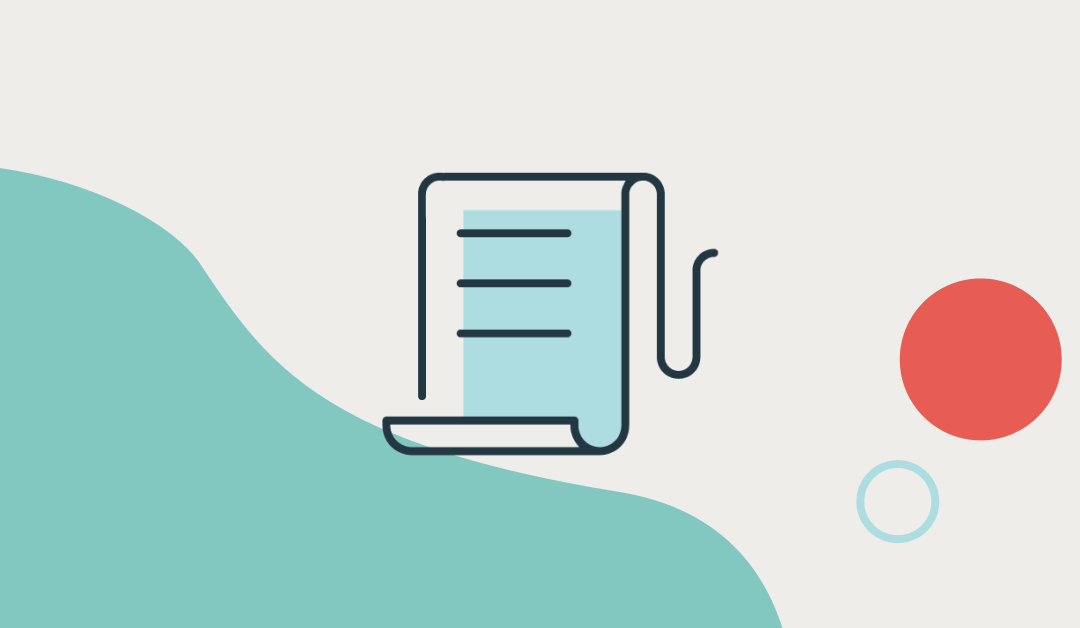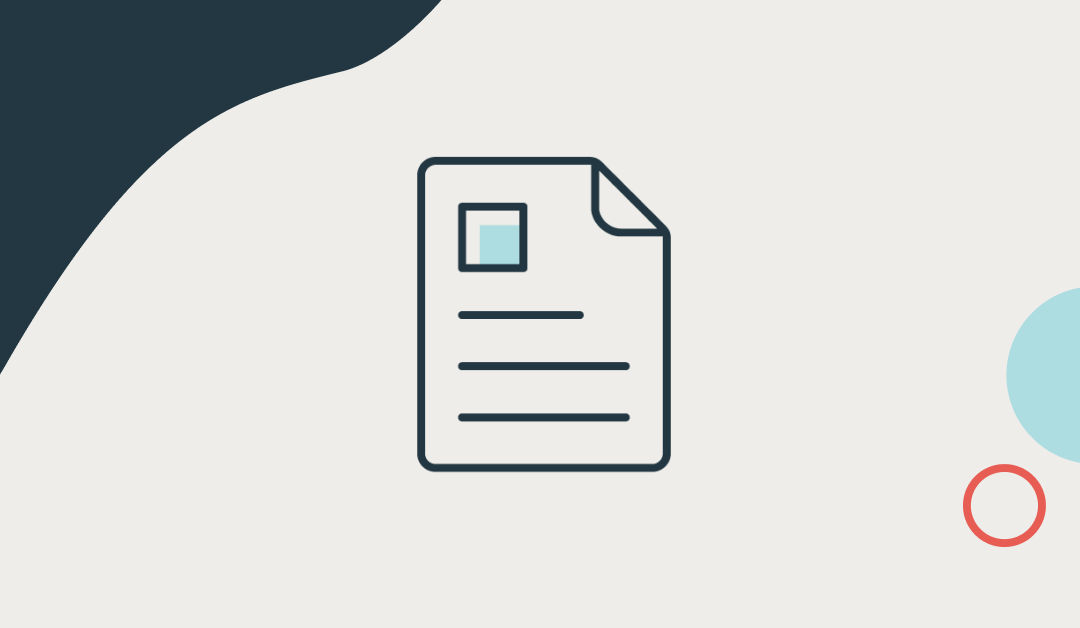
Our Freelance Interview Series: Learn From the Experts
Working solo as a freelancer can be tough if you haven’t found a community to support you. Humans are social creatures, and even the most introverted among us need connections. So building fulfilling relationships with other freelancers who get it is a critical step in your success.
Just because you work alone, that doesn’t mean you have to go it alone. There are plenty, and we mean PLENTY, of freelancers who have been exactly where you are and have a plethora of advice to share.
We’ve compiled dozens of interviews with seasoned freelancers that are chock-full of advice, from how to navigate parenthood as a solopreneur to how to juggle your passions and everything in between. We’ve grouped these interviews into themes — like building community, protecting your mental health, and managing clients — so you can dig into the topics that are calling to you right now, and come back later to drill deeper as your priorities shift.
We hope this serves as an ongoing resource that can support you through the many twists and turns of your freelance journey!
Chapter 2: How to Structure Your Business
Sole Proprietorship, Single Member LLC, or S-Corp. Did those words send a shudder down your spine? You’re not alone. It can be tricky to understand how and why you should structure your biz a certain way. We walk you through the options in layman’s terms.
Chapter 2: How to Structure Your Business
Sole Proprietorship, Single Member LLC, or S-Corp. Did those words send a shudder down your spine? You’re not alone. It can be tricky to understand how and why you should structure your biz a certain way. We walk you through the options in layman’s terms.
Building and Fostering Community
Nurturing your community can quickly become an afterthought when your to-do list runneth over. But we promise — building a robust network will pay off in the long run. Learn how to do it from the pros.
Juggling Work, Passions and Community with Kimber London
Community & Connection with Elise Dopson
Finding Balance and Protecting Your Mental Health
As a solopreneur, protecting your mental health, setting boundaries, and finding balance are crucial to your creativity and success. Not sure where to start?
Scheduling For Your Mental Health with Melissa King
Protecting Your Mental Health with Momina Asif
Parental Leave with Kat Boogaard
Taking Vacation with Adrienne Sheares
Navigating Child Care as a Small Business Owner with Maria West
Finding Balance as a Freelancer with Kaleigh Moore
Mastering Mindfulness as a Solopreneur with Jenni Gritters
Finding, Retaining, and Managing Clients
Working directly with clients can be intimidating (and exhausting). Luckily, some expert freelancers shared their best advice for landing new clients and managing relationships with existing clients.
Finding the Right Clients with Stefan Palios
Using Twitter to Generate Clients with Rosemary Egbo
Hiring Freelancers with Jimmy Daly
Clear Communication with Brooklin Nash
Creating and Maintaining a Consistent Client Flow with Bani Kaur
Upleveling and Growing Your Business
Your business is booming but you’re not sure where to take it next. If it’s time to plan for the next phase of growth, take a look at this set of interviews with some badass freelancers who have built thriving, scalable businesses.
Self Motivation with Michael Keenan
Long-Term Success with Matthew Fenton
Growing Your Freelance Business with Alexandra Frost
Getting Into a Business Owner Mindset with Ashley Cummings
Bringing on a Virtual Assistant with Erin Booth
Lessons Learned in Year One of Freelancing with Claire Beveridge
We love learning from our community and sharing expert advice with all of you. If you’re passionate about a topic and interested in telling your story, reach out to marketing@meetharlow.com. We can’t wait to hear from you!
We also highly recommend following these amazing freelancers on Twitter/Instagram/LinkedIn so you can keep learning from them every day. Here’s a full list (in alphabetical order):
-
- Adrienne Sheares
- Alexandra Frost
- Ashley Cummings
- Bani Kaur
- Brooklin Nash
- Codi Johnson
- Corrie Oberdin
- Elise Dopson
- Erin Booth
- Genevieve Michaels
- Jenni Gritters
- Jimmy Daly
- Kaleigh Moore
- Kat Boogaard
- Kimber London
- Lizzie Davey
- Maria West
- Matthew Fenton
- Melissa King
- Michael Keenan
- Michelle Garrett
- Momina Asif
- Rosemary Egbo
- Stefan Palios
- Tim Noetzel
- Treyton DeVore





Recent Comments